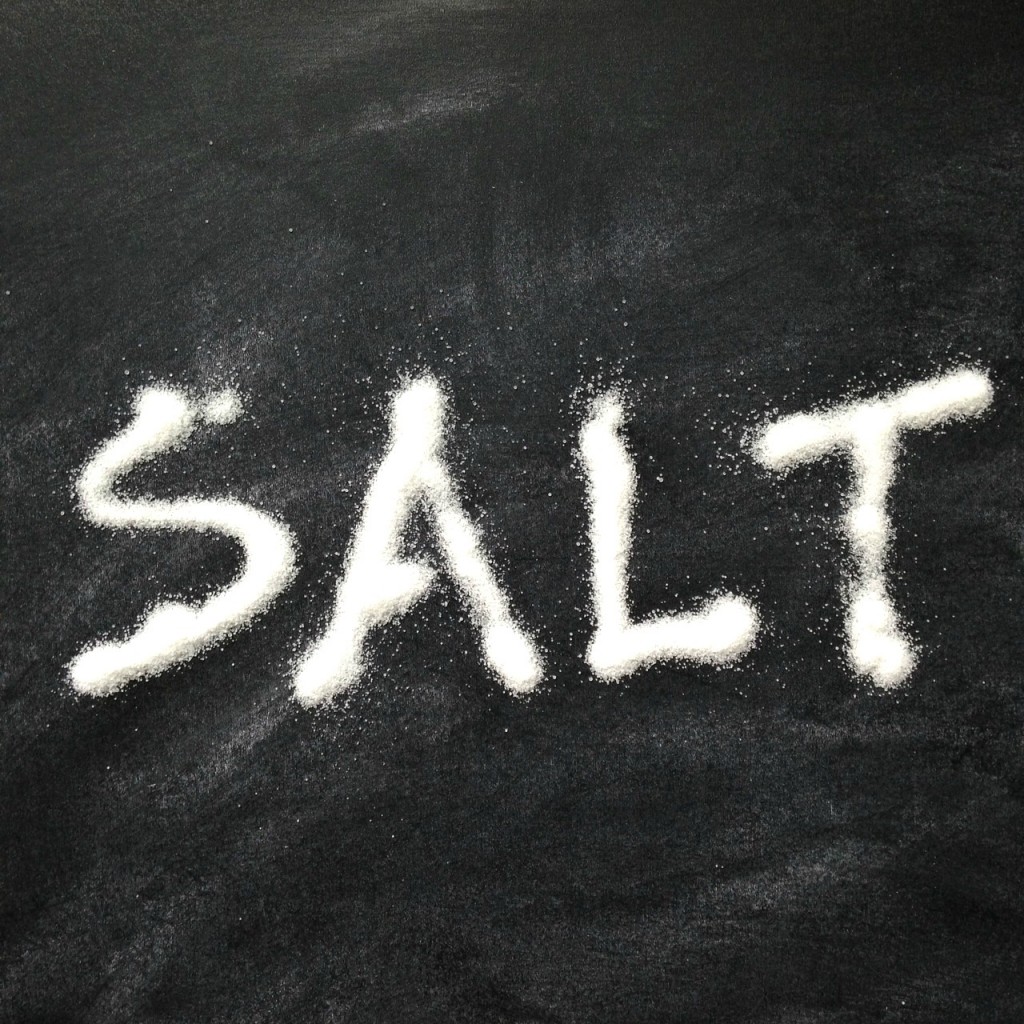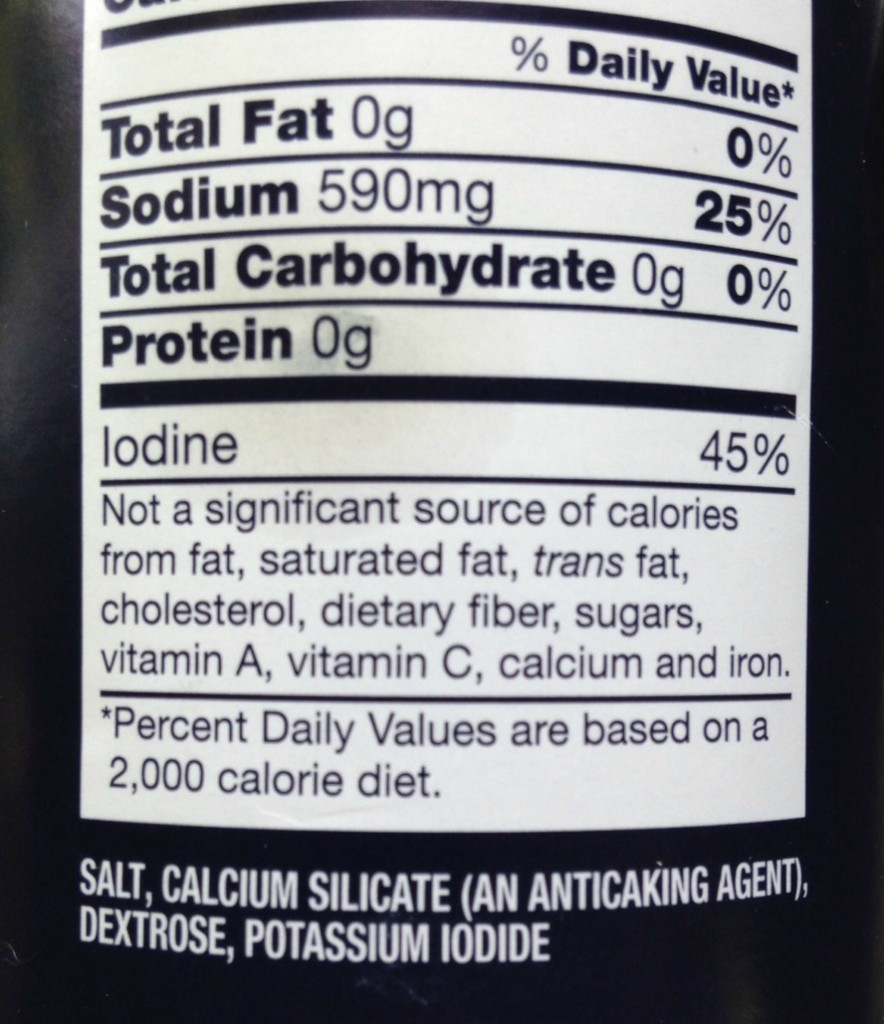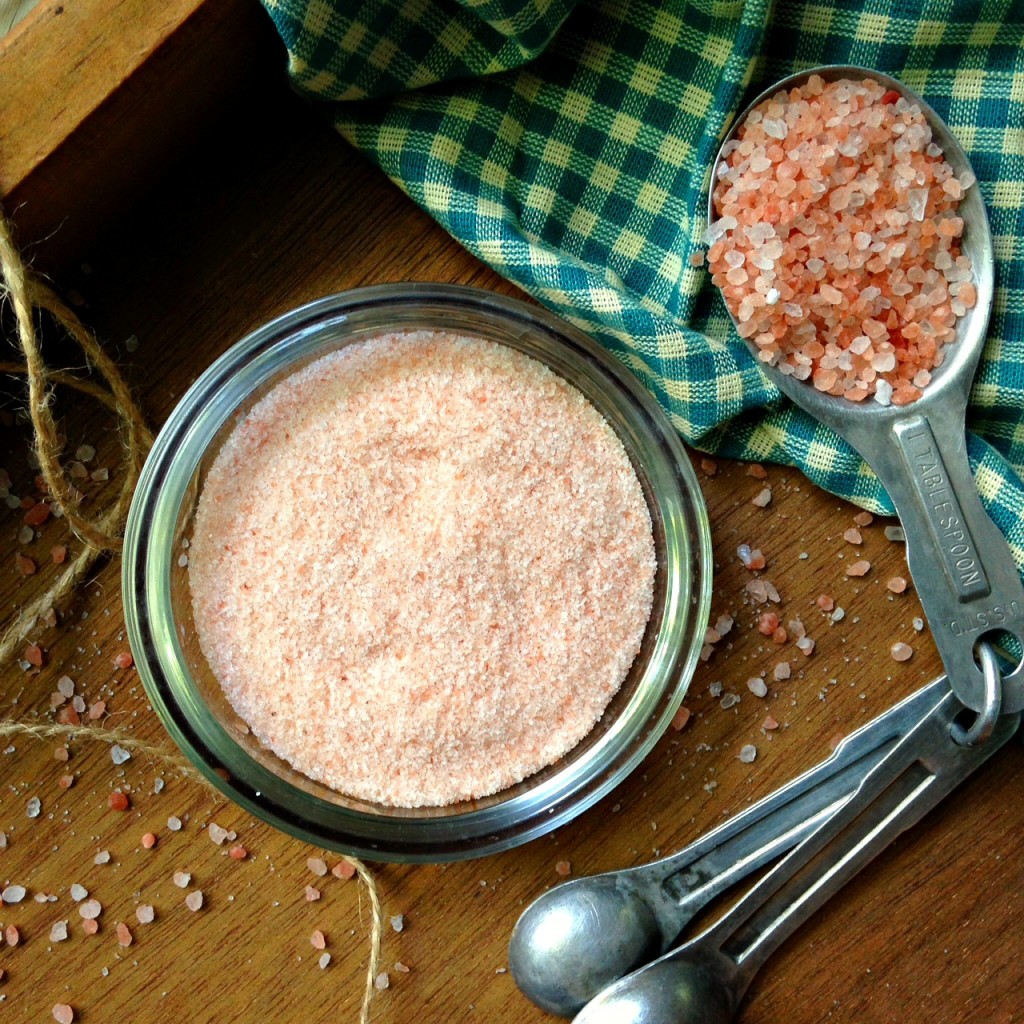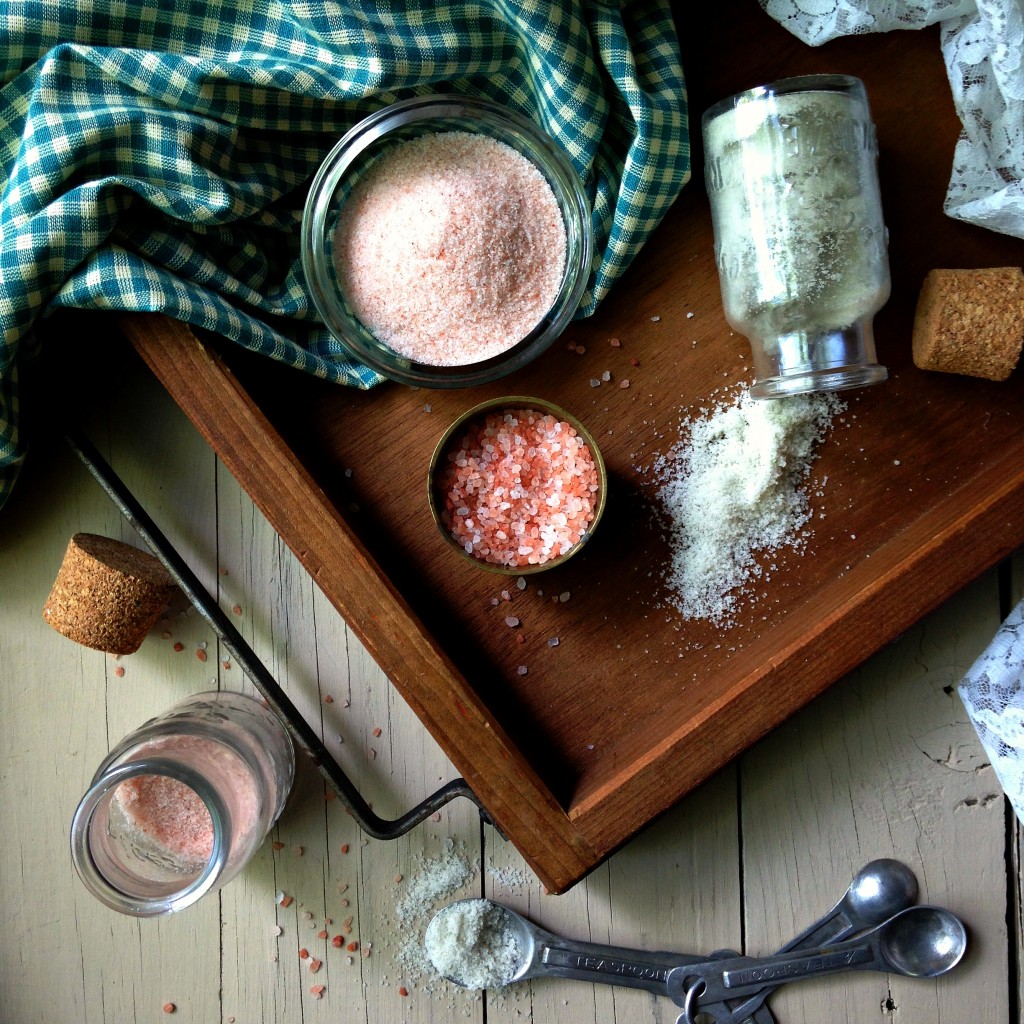Salt Your Way to Healthy
Sometimes you get a craving for something salty, and once you find the solution, it’s hard to let go with your salty little fingers. Our bodies don’t crave things to sabotage our diets, though. The reason it’s difficult to stop eating salty snacks is because as humans we are hardwired to crave particular tastes, and salty finds itself on the top of the list.
Salt is a necessary component of animal life, and its role within the human body cannot be understated. Sodium helps to balance fluids in the body, regulate nerve, muscle, brain, and cellular function, assist in digestion and absorption of other minerals and nutrients, and help regulate metabolism (source).
But salt is bad for you, right?
Those all sound like pretty good things, so why has salt developed such a negative reputation in regards to our health? The average American does consume quite a bit of sodium, but not because they are heavy handed with the salt shaker. 77% of the white stuff we consume in the US comes from processed food. And although we are heavily encouraged to cut salt from our diets to protect the health of our hearts, there is not enough evidence to suggest that reducing sodium intake will decrease one’s risk of cardiovascular related deaths.
If that sounds crazy, you might be interested to learn that Asian countries, having some of the highest sodium intakes in the world, also rank among the lowest for risk of cardiovascular disease. The average American consumes 3700 milligrams of sodium per day, while the Japanese average 4650 (source).
In that case, pass the salt!
While it’s good news that you don’t have to deny your body the salt it is asking for, it’s also important to take that news with a grain of the stuff. You should make sure that you are in fact giving your body the kind of salt it is designed to use. Our bodies evolved consuming salt that was sourced directly from nature, and for hundreds of thousands of years we have been eating it in its unadulterated form.
NaCl
We know from High School Chem class that salt is composed of sodium and chloride, but salt found in nature also contains small amounts of other minerals like calcium, magnesium, and potassium, as well as dozens of trace minerals that our bodies need. This mineral composition will vary depending on the source, and will result in unique colors and flavors.
Unfortunately, the salt we are familiar with today has been heavily processed to appeal to finicky American consumers. To achieve the pure white color that is most popular, table salt is bleached and stripped of any minerals that might have colored it.
free flowing
Because salt naturally has the ability to absorb water, the flakes of untreated salt will cake together in humid conditions. To prevent this and to ensure a perfectly consistent product, salt packers will add anti-caking agents (which often contain aluminum). Since salt is in itself an ingredient, I’d prefer my salt not to have its own list of ingredients.
What about iodine?
At one point in our country’s history, iodine deficiency was an issue and salt was fortified with iodine to address resulting thyroid problems. Today, most of us get enough iodine, especially if you’re taking a multivitamin. If you’re concerned about getting enough, there are plenty of iodine-rich food sources other than processed salt. The best ones include seafood, dairy, eggs, navy beans, potatoes, and strawberries. My recipe for Sweet and Spicy Shrimp and Bay Scallops with Snap Peas both provide a natural source of iodine.
How much is enough?
Everyone’s body is unique and will have varying salt requirements. Very active people and those who perspire heavily will typically need to consume more sodium than those who don’t. If you’re in tune with your body, it will tell you exactly how much salt is necessary for your individual needs. Of course there are certain health conditions that require reduced salt intake, but as natural salts have a more complex flavor composition, a little bit goes a long way.
It’s also interesting to note that studies linking sodium to the health problems that Americans face are conducted using table salt. Could it be that our bodies need the full spectrum of minerals that salt naturally contains in order to utilize sodium properly?
Since our earliest of days, salt has been recognized as an invaluable commodity. It has been used for currency, spurred the construction of roads and the outset of wars, and has been making food taste amazing for as long as humans have been eating. So when it comes out of the earth beautiful and perfect, why mess with a good thing?
What I use
There are lots of great natural salts, each with a unique mineral and flavor composition. My personal favorites (and the ones featured in the photos above ) are Himalayan Saltand Celtic Sea Salt
.








Thanks for sharing your info. I truly appreciate your efforts and
I am waiting for your further write ups thanks once again.
Also visit my website: which garcinia cambogia to buy